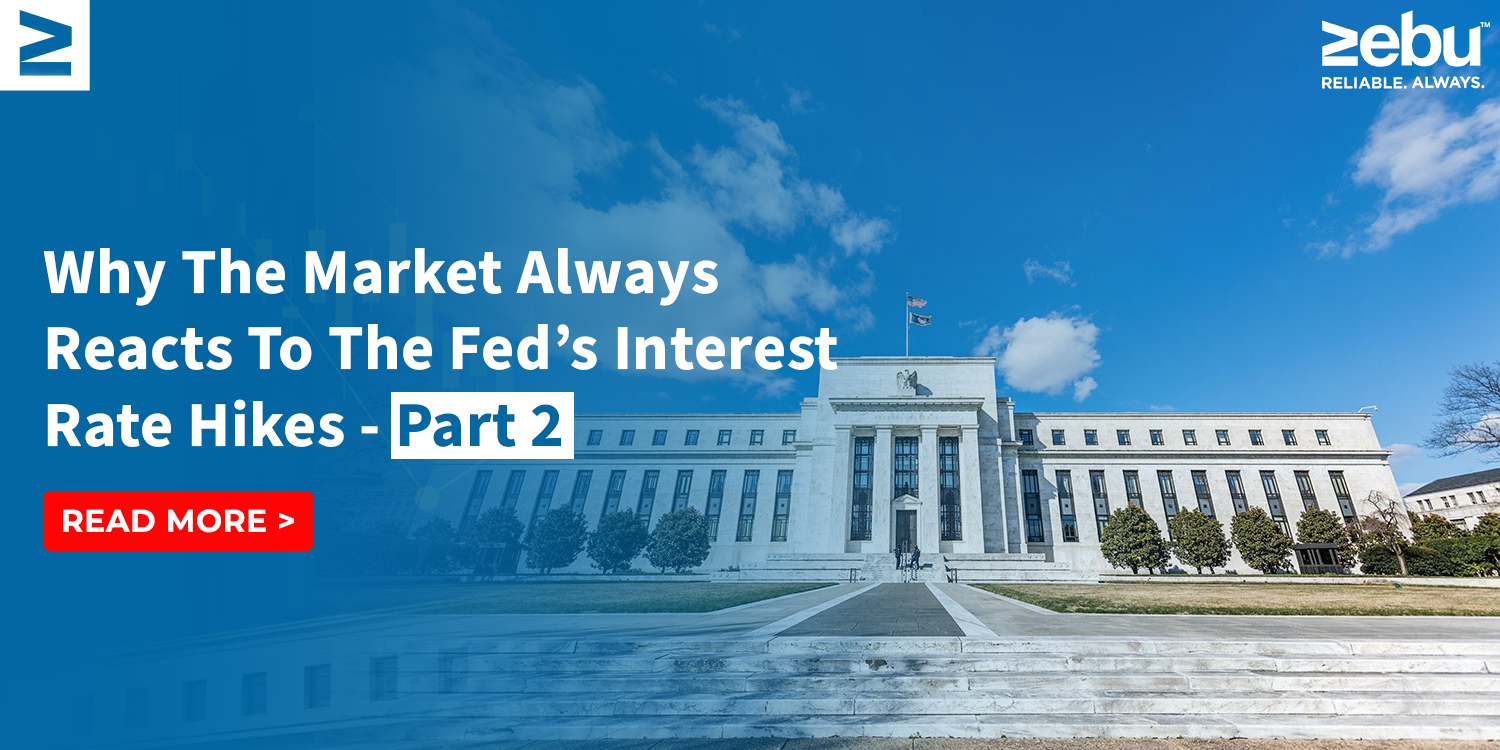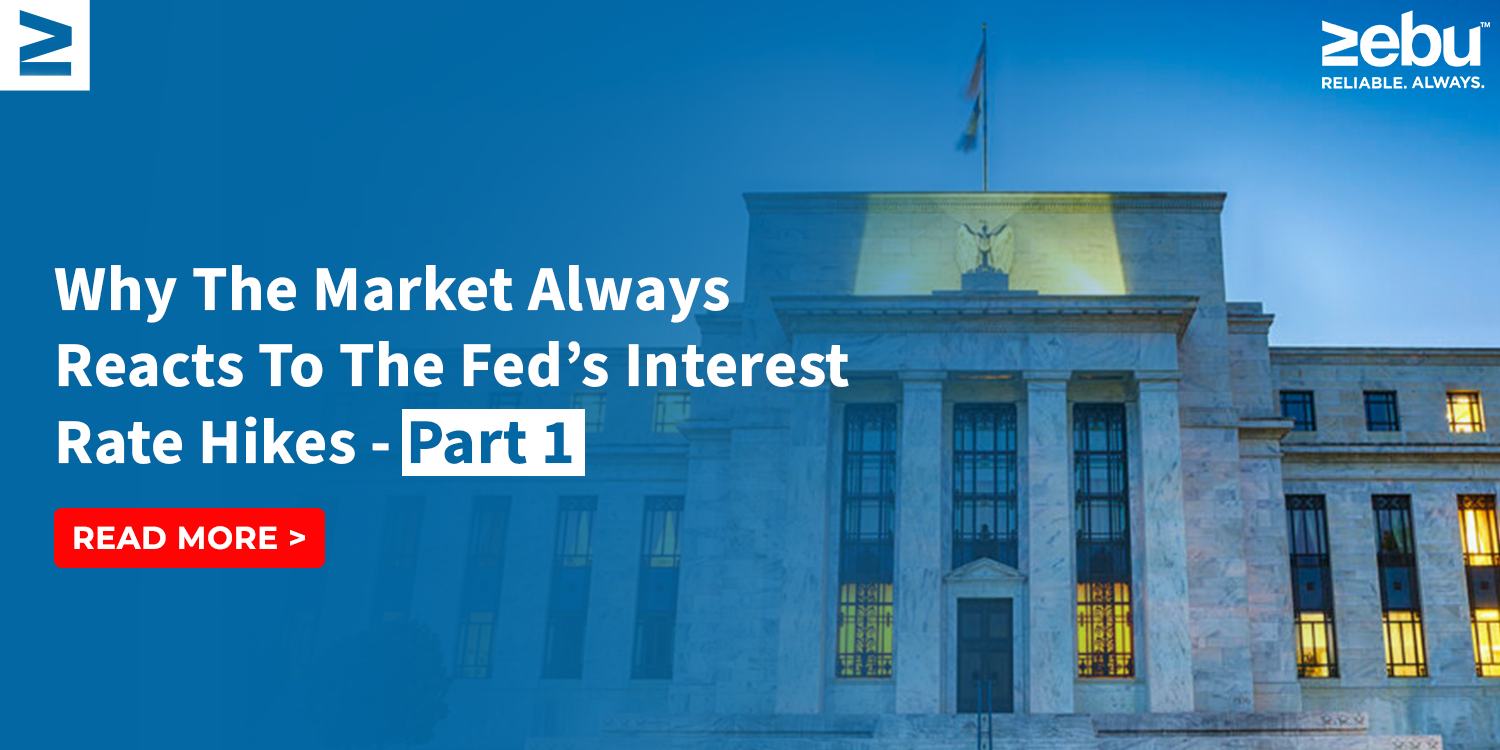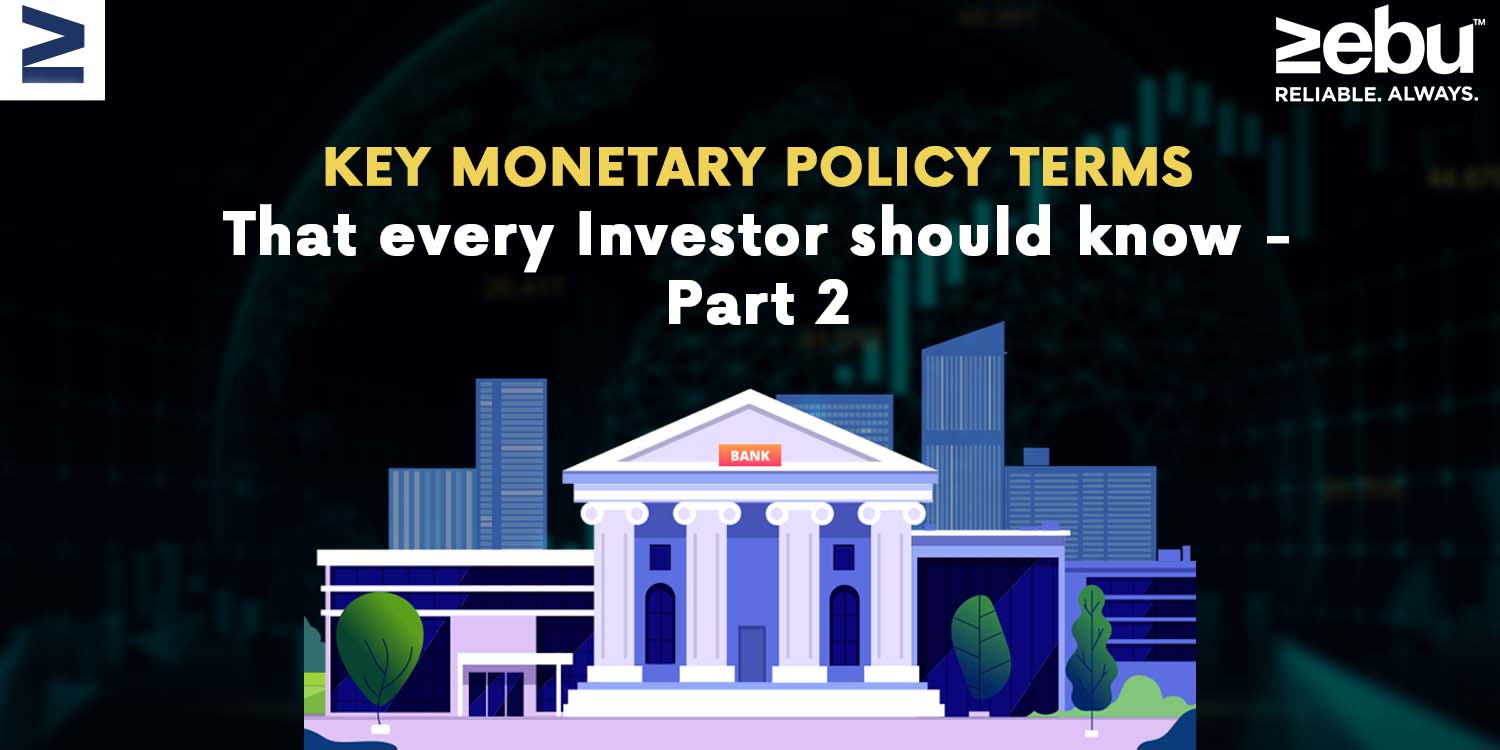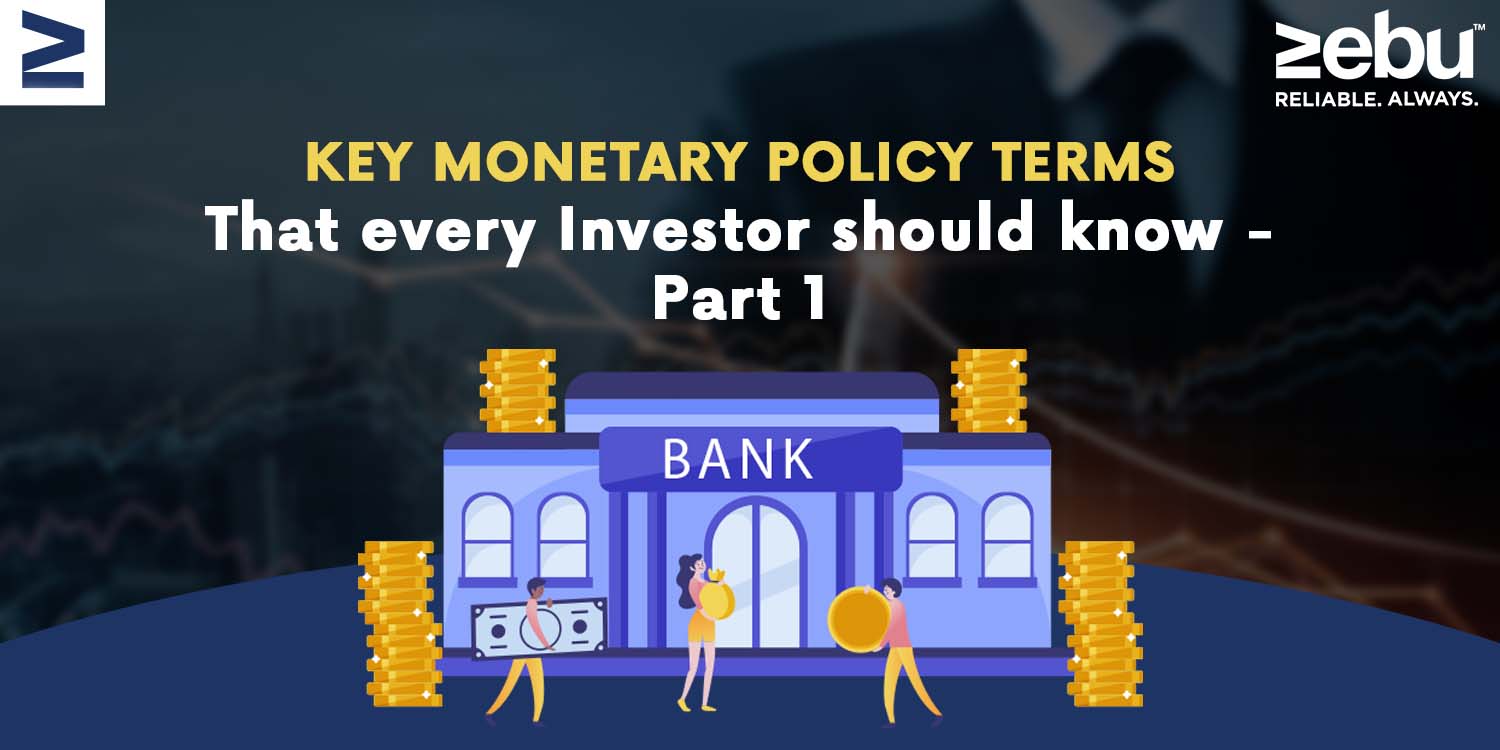
Here are some more ways in which rate hikes by the Feds and the RBI can affect your money.
Mortgages Become Costlier
If the Fed raises interest rates again, people who need to borrow money to buy a house or use their home’s equity to pay for something else will likely have to pay more in the coming months.
Some economists said at the beginning of this year that rates would reach their highest point in the summer. Midway through June, the 30-year fixed mortgage reached 5.81%, and economists predicted that rates would be in the low 5% by the end of the year.
But as the economy got worse and the Fed kept raising rates quickly, mortgage rates hit a new 20-year high of 7.08% in the middle of November, which was higher than most predictions for the year.
Since then, home loan rates have gone down a bit. According to Freddie Mac, the average rate for the week ending December 8 was 6.33%.
The bond market, which often responds to what the Fed does, has a direct effect on mortgage rates.
The Fed’s rate hikes in 2022 were one of the things that drove up mortgage rates earlier in 2022. The recent drop in rates has been helped by investors’ strong demand for mortgage bonds. That’s because the economy seems more stable and Fed rate hikes, especially when they’re small, no longer come as a surprise.
But the Fed funds rate is directly tied to shorter-term home loans with floating rates, like adjustable-rate mortgages (ARMs) and home equity lines of credit (HELOCs). This means that when that rate goes up, the rates for ARMs and HELOCs go up soon after.
Even though mortgage rates are still high compared to 2021, when they were at their lowest, not everyone thinks that this is a bad thing. Some people in the real estate business think that raising rates is one way to cool down a housing market that is too hot. After years of low borrowing costs, some people think it’s time to get back to normal.
Housing experts say that people who want to buy now should think about locking in the best interest rate, since rates can go up even by the hour. Rate locks usually last at least 30 days, but some lenders offer longer locks, usually for a fee.
It is hard to know for sure if you have locked in the lowest rate possible, but you can always refinance later if rates go down.
3. Interest rates on savings accounts are going up, but slowly.
A higher federal funds rate is good for savers, whose savings account rates have been slowly going up.
There is no direct link between federal funds and deposit rates, but banks are steadily raising the annual percentage yields (APYs) they pay on deposit accounts like savings accounts, money market accounts, and certificates of deposit (CDs).
Rates go up to attract deposits, but banks have a lot of cash on hand right now, so they can take their time raising yields.
APYs on deposits will go up faster or slower depending on where you bank. Online banks, smaller banks, and credit unions usually have better yields than big banks, and they’ve usually raised rates faster in the past few months because they’re competing more for deposits.
If you want a better return on your money, you might do best to put it in an online bank or credit union. Since January, the average rate on a savings account has gone up from 0.06% to 0.24%, but the best high-yield savings accounts pay up to 5% APY on some deposits.
Where you keep your cash is important, especially when inflation is rising.


